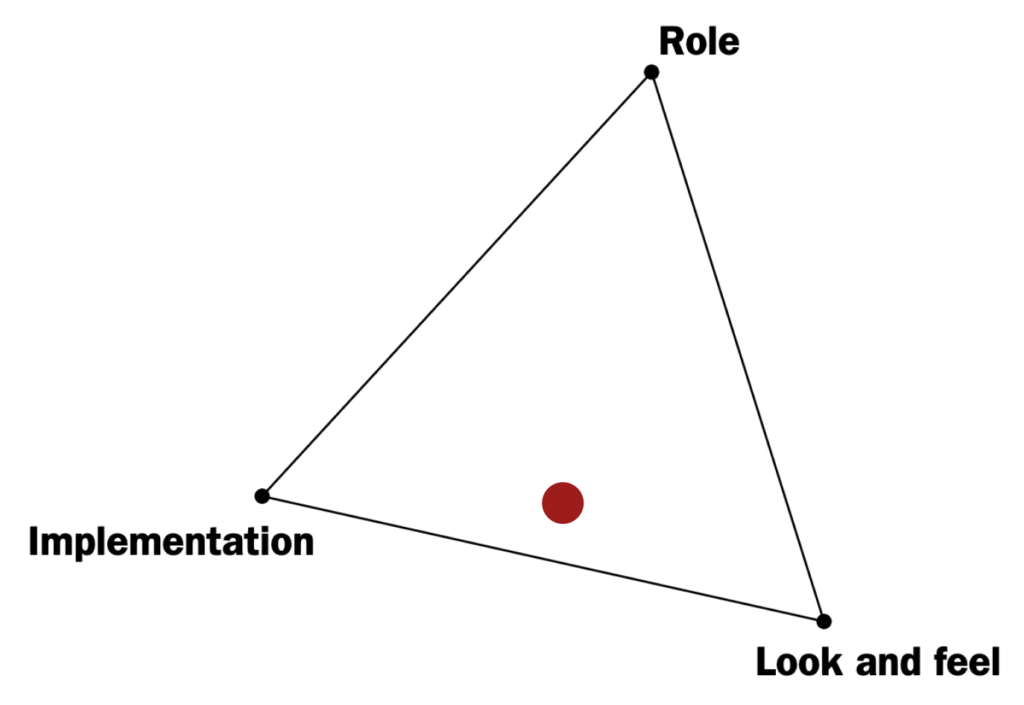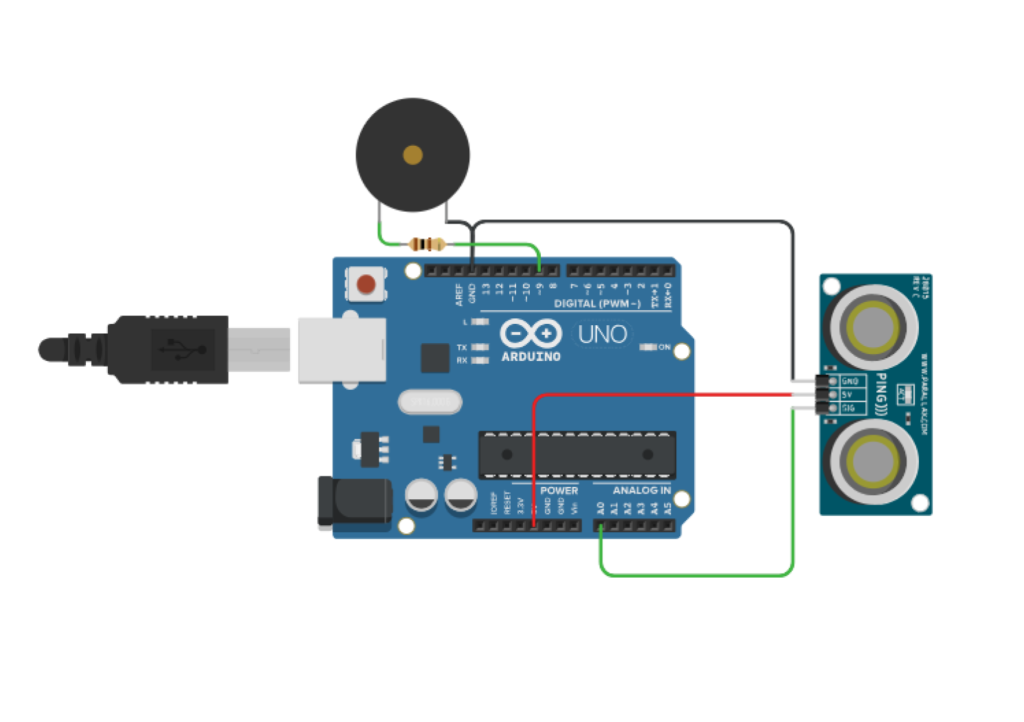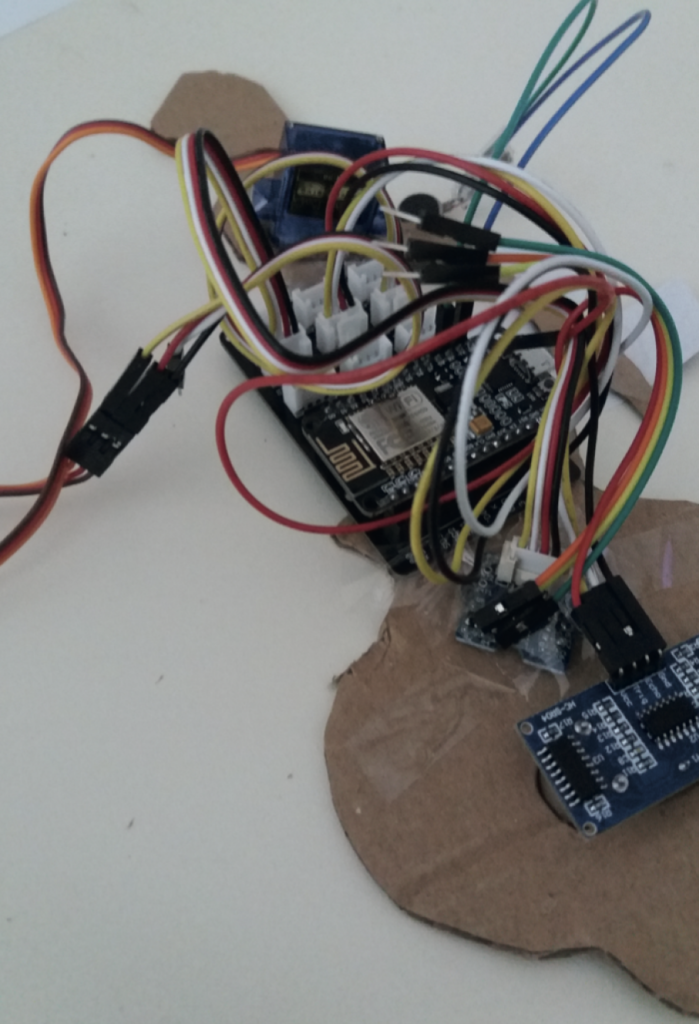State of the Art Technology
Block A 2022/2023
Anouk Vreeburg 1700089
Joanna Pisarczyk & Rhied Al-Othmani
Using Internet of Things to reduce the front doorway effect
words: 1497 (not counting references)
PREMISE
Using Internet of Things sensors to remind people to take their key possessions with them when they leave the house.
SYNOPSIS
Being human means having moments of forgetfulness. However, it can put us in some awkward circumstances, like forgetting your phone as you walk out the door. It is challenging to grasp this minor but crucial problem. Therefore, the goal of this project is to make a practical solution that necessitates the least amount of human involvement. This idea could become a reality with the aid of IoT technology, several iterations, and evaluations.
CONTEXT
Anyone can picture it: leaving the house, getting in the car, and realising you forgot something crucial at home, like your wallet or keys. The typical person tends to forget four significant facts, objects, or events every day, therefore making this a common occurrence (McKnight, 2013). The likelihood of this occurring while exiting the front door is higher than one may imagine. This relates to the Doorway effect. The doorway effect is a psychological phenomenon whereby a person’s memory deteriorates after traveling from one place to another through a doorway (Radvansky, 2011). As a result of compartmentalisation, it is challenging to remember the choice or action that was taken in another area (Radvansky, 2011). Studies did, however, show that when a sudden, complete change of landscape pushes our minds to digest something wholly new, the Doorway effect can actually become even more pronounced (Vaughan, 2021). For instance, navigating through several floors of a department shop might not induce memory loss, but leaving the store and entering an outside parking lot might. The transition from an enclosed space to the outer world is to blame (Vaughan, 2021).
Many articles offering guidance surfaced when looking for answers to this problem. These tips include exhortations to use all of one’s senses, prioritise using one’s brain, and never stop learning (Age Well, 2021; Kubala, 2022). These tips’ success rates are not provided. The Internet of Things (IoT), on the other hand, is a technology that does not rely on people executing tasks. IoT is a system that can connect to sensors and devices in order to gather, send, and act on the data they receive from their surroundings (Gillis, 2022). Multiple devices are capable of exchanging information and acting on it. IoT is a perfect solution to address this problem because it can operate thanks to its automation, control, and monitoring (Quek, 2021). It can keep track of the situation and determine when the user is departing without their items by gathering front door and other data (Quek, 2021). IoT is renowned for its communication capabilities as well as its ability to instantly provide feedback, whether it be with a sensor or another device (Andrea, 2022). As a result, IoT can offer a comprehensive solution.
SCOPE PROJECT
This experiment will focus on making an implementation prototype with a hint of look and feel. The primary focus of implementation prototypes is on providing technical insights into whether a certain component will help achieve the goal. When interacting with the prototype, look and feel takes into account the experience and design. The prototype will be created for a home with one resident. Since this problem can affect anyone, all sociodemographic groups are represented among the stakeholders in this experiment.

ITERATION 1
Goal
The initial iteration’s goal is to address the user’s forgetting, which is the most crucial component of the problem. Its objective is to remind the user of their items as they approach the front door. The IoT device will be mounted on the wall next to the door. The initial test can start with the aid of a distance sensor and a buzzer, which will sound when movement has been detected in the distance sensor’s area of vision.
Coding
The data might be read by connecting the sensors to Arduino, an open-source electronics platform. The distance sensor was programmed to pitch a buzzer sound when it senses movement 1 meter in front of it. The buzzer would stop making sound if no more detection is present.

Test
A female student of 22 years old and a male student of 23 years old tested this prototype at the University of Amsterdam. They were informed of the problem and intended use of the prototype.
Results
- The prototype worked as expected
- Buzzer sound was loud enough to grab their attention
- Important questions were raised: “What if you returned home? Then would it still buzz?” and “how do I know what item I am missing?” or “how would it tell me I have all the items?”

Findings
The distance sensor and buzzer work very well to inform the user, according to the results, however the prototype is in need of further improvement. Since the door will occasionally be utilised for going inside as well as outside, it is crucial to take this into account for the next iteration. The items the user needs to remember will likewise be communicated in the subsequent iteration.
ITERATION 2
Goal
This iteration aims to lessen the Door effect and contextually modify. A white button and four tiny buttons were added to the prototype to make this work. The white button will be used to indicate whether the user is leaving or returning home, while the smaller buttons will serve to remind the user to collect their items.
Coding
In the Arduino code, the buttons were added. The user’s items and the four little buttons are related. According to articles, the phone, keys, wallet, and personal goods rank as the top four items to take with you when you leave the house (Holly, 2022). Each item has its own button. Only when all four items are collected, and pressed on the corresponding button, will the buzzer stop.
A variable named count is used to code the white button. The user must press the white button to signal their departure once they are at the door with all of their stuff. By adding ++ in code, it will make count=1. When the number is uneven, the device will understand that the user is outdoors and won’t make a sound when they come back. When they do return, they must press the button to signal the device that they have arrived home. This brings the count to 2. When the count is even, the buzzer is able to make sound again.

Test
Two 22-year-old female students and a 23-year-old male student tested this prototype at the University of Amsterdam. They were informed of the problem and intended use of the prototype.
Results
- Prototype worked as promised
- The concept of leaving and returning home with the push of a button was appealing and straightforward
- However, the combination of five buttons was a bit overwhelming and confusing
- Important questions and statements were made: “What if I have friends over? Would that trigger a sound?” and “what if I needed to grab something from my coat hanger?” and “what if I forget to press the button when coming home”

Findings
The prototype does a better job of remembering the users’ items, but the results reveal that it has grown too complicated. The next iteration will concentrate on bringing down this complexity as well as any potential worry. Additionally, it should be considered that the spaces near the door can be used for various purposes, such as gathering with friends and putting on shoes.
ITERATION 3
Goal
The third iteration’s primary goals were to simplify things and get better at handling all possible scenarios. The stoplight, along with other visual clues, were added and the four buttons were eliminated in order for the prototype to work.
Coding
The addition of a stoplight was made in response to the white button’s popularity and associated concern. Three colours—red, orange, and green—can be seen at the stoplight. The stoplight will turn red if there is an uneven count. The light turns green if the user has arrived home, hit the button, and the count has become even. The user can see that they completed the task correctly thanks to this visual hint. In addition to the lights, the device will also have visual indications shown on them rather than four buttons. Therefore, when the buzzer alerts the user, they may immediately see what has to be collected without having to notify the button that they have done so. To allow friends to enter, some coding has changed. The buzzer now only emits a single loud buzzing sound for one second to grab attention. After the sound, the colour becomes orange and the sensor will stop detection for a minute. After the minute, the sensor will continue and the colour will change back. This way, no constant buzzing is heard and the user has time to do their thing.

Test
At the University of Amsterdam, a male and a female student, both of whom were 23 years old, tested this prototype. The problem and the prototype’s purpose were explained to them.
Results
- Prototype worked
- Prototype was well received
- They understood what they needed to do
- Just a few questions: “What if I am wearing headphones?” and “what happens if I forget the recent sound alert?”

Findings
The final version received the most positive feedback and the fewest inquiries. The prototype can alert people to their items and can adapt to various situations, according to the results.
CONCLUSION
I believe the prototype was a success. Giving IoT control over the Doorway effect allowed for a significant reduction in the problem while maintaining human value. Iterating through the tests revealed a variety of new factors, including leaving and returning home as well as inviting friends and relatives. It merely serves to demonstrate how IoT can adapt to different situation while still being able to address a light-hearted problem without making the design too difficult. Future iterations may consider ways to increase variety even further. For instance, by giving the device a place to store items such as keys. It could then incorporate a weight sensor to determine whether or not the keys are present.
SOURCES
Andrea, H. (2022, 26 februari). 18 Benefits of Internet of Things (IoT) in our Lives, Businesses, Education, Agriculture. Tech 21 Century. https://www.tech21century.com/internet-of-things-iot-benefits/
Gillis, A. S. (2022, 4 maart). What is the internet of things (IoT)? IoT Agenda. https://www.techtarget.com/iotagenda/definition/Internet-of-Things-IoT
Holly. (2022, 20 oktober). Important Things to do before You Leave the House . . . All Women’s Talk. https://lifestyle.allwomenstalk.com/important-things-to-do-before-you-leave-the-house/
Kubala, M. J. S. (2022, 17 mei). 14 Natural Ways to Improve Your Memory. Healthline. https://www.healthline.com/nutrition/ways-to-improve-memory
McKnight, R. (2013, 4 september). “Now Where Did I Put My. . .?” – How Many Things the Average Person Forgets Every Day. Her.ie. https://www.her.ie/life/now-where-did-i-put-my-how-many-things-the-average-person-forgets-every-day-34262
Quek, T. (2021, 8 februari). The advantages and disadvantages of Internet Of Things (IoT). https://www.linkedin.com/pulse/advantages-disadvantages-internet-things-iot-tommy-quek
Radvansky, G. (2011, 16 november). Walking through doorways causes forgetting, new research shows. Notre Dame News. https://news.nd.edu/news/walking-through-doorways-causes-forgetting-new-research-shows/
Vaughan, K. (2021, 22 maart). There’s a Scientific Reason Why You Sometimes Forget What You Walked Into a Room to Get or Do. Martha Stewart. https://www.marthastewart.com/8078594/doorway-effect-explained-overloaded-brain
Well Ct, A. (2021, 22 oktober). 6 STEPS TO KEEP OUR MINDS SHARP. Age Well CT. https://agewellct.org/whats-new/featured-resources/six-steps-to-keep-our-minds-sharp/